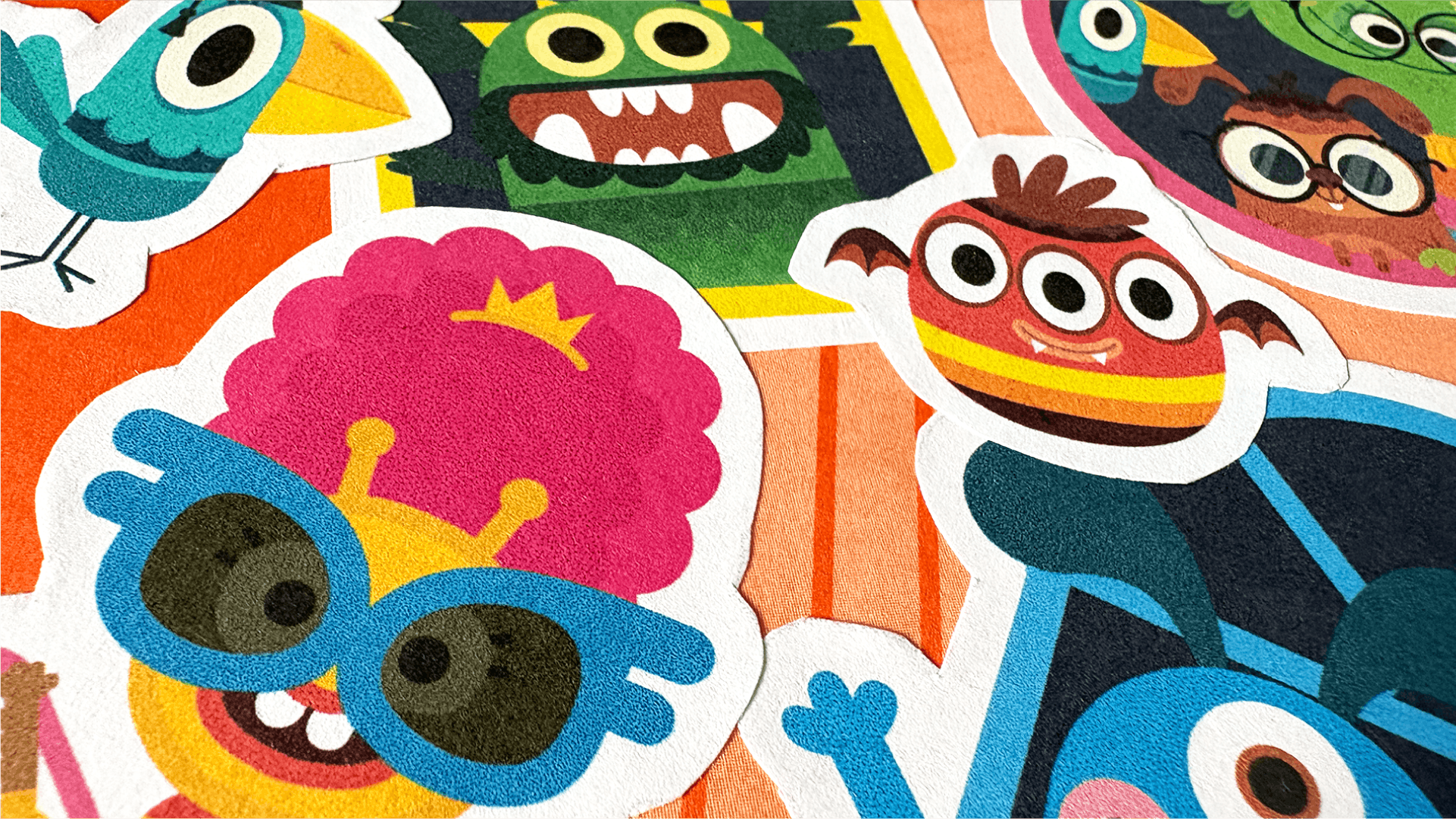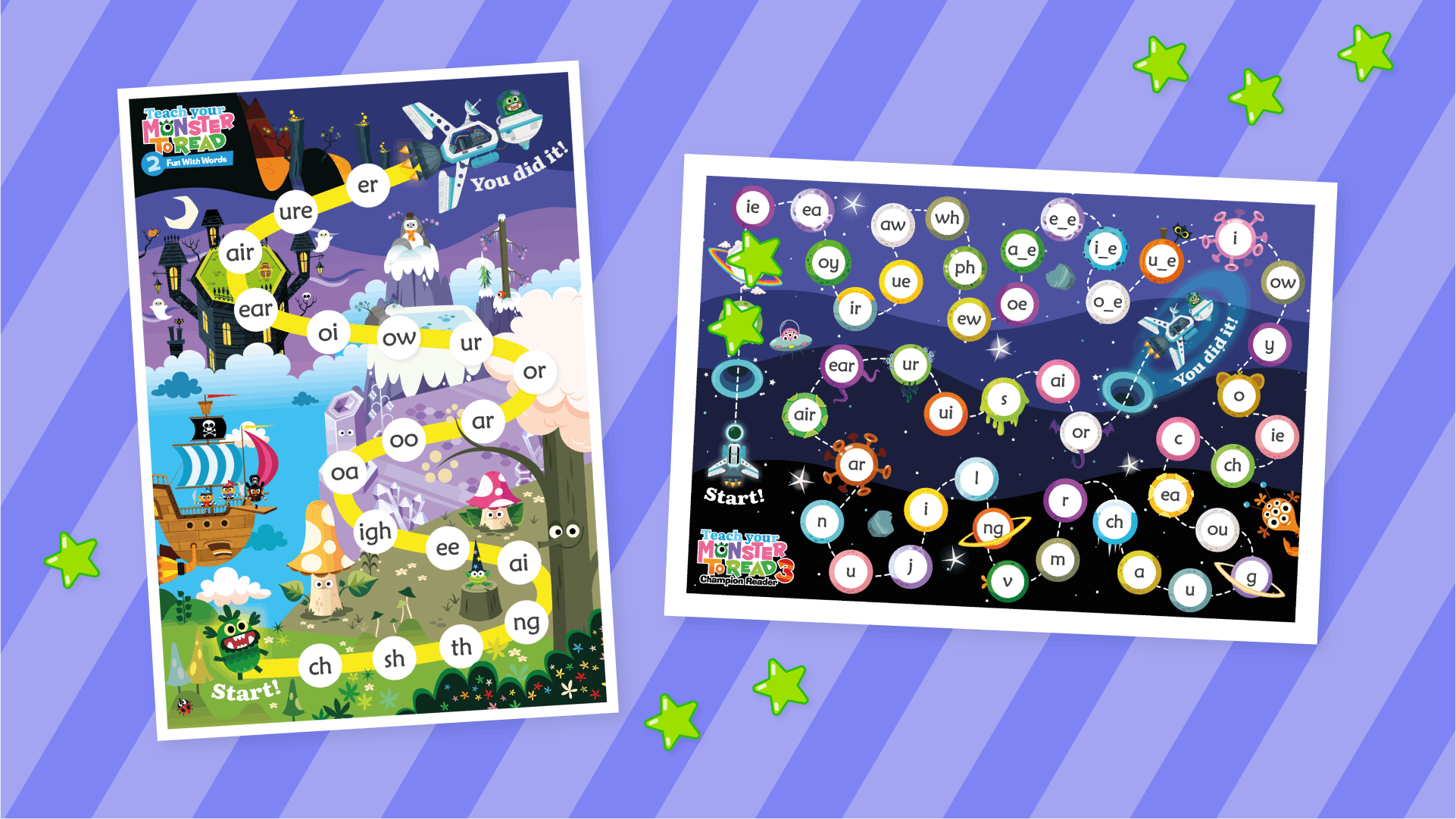Stickers for fun, for motivation and for life!
(4 minute read)

As a teacher, I LOVED using stickers in the classroom. From marking progress in a particular task to achieving academic milestones and rewarding good behaviour, I used stickers for everything! I even used to print custom label stickers with ‘Ms Leathers Star of the Week - Ask me how I earned it!’ which always brought much joy at home time, when the child would proudly brandish it in the direction of their parent.
Reward-based systems, such as stickers, seem to be the subject of much debate, with some arguing that they undermine intrinsic motivation or that they simply don't work. And of course, it won’t work for every child in the class, but I found most responded to earning them with pure joy, found it motivating to do their best and, simply put, it just made teaching more fun for me too!
In a classroom environment, class charts are easier to manage; however, in some cases, I found that children may need specific individual charts. Through this article, I wanted to share how a sticker chart completely transformed my classroom environment.
In my second year of teaching, I had one child who was so disruptive that it became impossible for me to teach and, consequently, impossible for the other kids to learn. She had a hard experience at home, and this really showed up in her behaviour. She was academically switched on, but it was hard to see that while she was wandering around the classroom, talking to other students or taking their pencils (much to their dismay) and generally disruptive. She didn’t respond to any class-based behaviour tools, and the classroom environment was suffering.
Fortunately for me, she had a penchant for stickers and reward time, so we devised a personalised reward chart system together. Through trial and error, consistency, and using rewards that motivated her specifically (and earning a little extra teacher time), this completely transformed her behaviour and made me a sticker chart fan for life!
One key I found to effective sticker chart use is to set a specific, achievable goal. ‘Don’t disrupt others’ is too vague and open to interpretation. Decide what behaviour is most troublesome and break it down into simpler steps. A more understandable goal is ‘stay in your seat’. This specifies that as long as that bottom is stuck to a chair, a sticker will be coming your way!
Another key to effective reward charts is frequency and consistency. In the previous example, ‘stay in your seat’ is still open to interpretation; ‘stay in your seat for the whole lesson’ is more time-specific. Breaking the chart down into the five lessons we had in a day, meant I could issue a sticker every lesson when she stayed in her chair (and she was always quick to remind me if she achieved it!). This meant that when she achieved her daily target, she could see quick, consistent rewards leading to a sticker for her at the end of the day - immediate rewards to show a proud mum!
One of the other factors I found was giving them something at the end of it that they actually wanted to do. Setting the goal and reward with her at the beginning of each week ensured the reward chart stayed fresh and gave her something she wanted to achieve that week. Most rewards would involve going out early to break time (recess), being first in line, or iPad time in the reading corner. Of course, with the latter, most of the time she’d choose a Teach Your Monster game to play - so it was also an educational win-win!
The class seemed to understand that this was needed for her, and I never had to explain why she was getting different treatment. Each week, through specific goal-setting and personal rewards, her behaviour became a little bit better until at the end of the year, she was pretty much a model student in behaviour, but also achieving much more progress academically.

If you are a big fan of rewarding stickers for learning, and your child is too, why not use these Teach Your Monster to Read Progress Charts. One for each stage of Teach Your Monster to Read, mark progress with a pen or sticker every time a new letter sound is learned!
Kay Leathers, Ex-Primary Teacher and contributor for Teach Your Monster to Read.